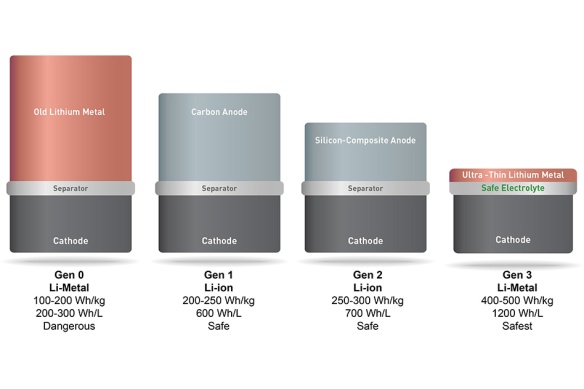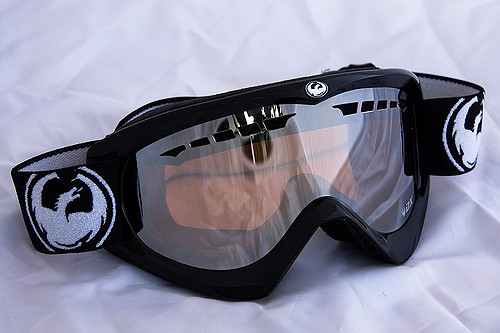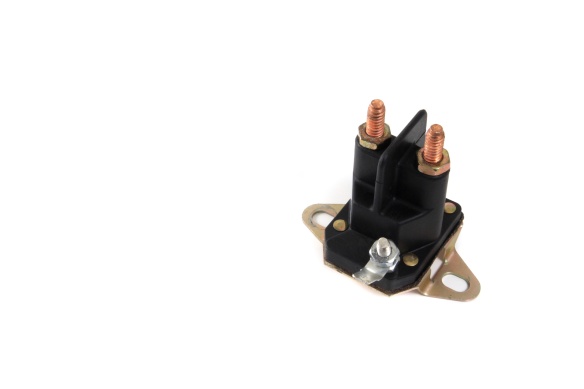by Eric Dean, Manager, Global Business Development and Marketing Strategy at LORD Corporation

- Eric Dean, Manager, Global Business Development and Marketing Strategy, LORD Corporation
Consumer electronic devices, such as smartphones, wearables and home technology are being made smaller and lighter with increasingly more functions and faster data capabilities. There is also consumer demand for weight reductions, safety, miniaturization, design flexibility, performance and greater energy efficiency throughout the course of a product’s life.
With this, comes the challenge of fitting a more robust product into a smaller footprint. This means innovative processes and materials are necessary. Plastics have been taking on that role as an innovative and essential material for the engineering, function, design, features and performance of these consumer electronics.
The material traditionally thought of as a basic housing and associated with children’s toys, storage containers, packaging and disposables is gaining importance, expanding rapidly in capabilities, replacing other materials while also creating a niche for itself.

Consumer electronic devices are being made smaller and lighter with increasingly more functions and faster data capabilities. Plastics are being used in the manufacturing process as innovative and essential material for the engineering, function, design, features and performance of these consumer electronics.
Consumer electronic devices are being made smaller and lighter with increasingly more functions and faster data capabilities. Plastics are being used in the manufacturing process as innovative and essential material for the engineering, function, design, features and performance of these consumer electronics. At this year’s Consumer Electronics Show (CES) 2017, plastics were recognized as an “essential material” in many of the leading innovative products within the consumer electronics marketplace.
Why plastics? How are they innovative and why are technology companies increasing integrating them into the electronics marketplace? Their durability, lightweight and affordable properties make them attractive and allow for a big range of performance benefits.
The American Chemistry Council points out that essentially “plastics enable many of our favorite electronics to do more with less.” The plastics may not be initially apparent in consumer electronics. However, as the Plastics Industry Association (PLASTICS) wisely recognizes, “Once that people recognize that there are items in their life that would be impossible without plastics, people’s opinions change about their importance.”
Plastics are providing an avenue for innovation and design, but the actual assembly process has its challenges – i.e. how to get the plastic to securely bond well to another surface as well as remaining waterproof and airtight in certain situations.

Plastics are providing an avenue for innovation and design for wearables and other consumer electronics. Use of in-mold bonding (IMB) during the manufacturing process of these consumer electronics devices can help address some of the assembly bonding issues with plastics.
Use of in-mold bonding (IMB) during the manufacturing process of these consumer electronics devices can help address these issues. This is notable, especially when considering the mass production of consumer electronics.
Consumers expect their electronics and wearables to hold up to being dropped, exposed to moisture and endure the sometimes tough environments of everyday life. To meet this expectation, these devices and their components are made to be more rugged and shock absorbent, and often require damping materials to be introduced. These materials can be soft, which are difficult to attach to rigid materials – such as plastics – with clips and screws. In-mold bonding creates a method to successfully attach parts in the mold in an efficient way for mass-produced items.
For example, when producing hundreds or thousands of items, it’s efficient to use structural adhesives. However, when building 200 million small devices roughly the size of a person’s thumb, using structural adhesives could get massively complicated. Cleaning up squeeze out and production fallout on this many devices will create a great deal of scrap and require labor. Finding a robust manufacturing process to eliminate messy production and scrap as a result of void or irregularities with mating two surfaces together is essential.

The durability, lightweight and affordable properties of plastics make them attractive for use in consumer electronics and allow for a big range of performance benefits.
What if you could leverage the precision already inherent in your plastic component molding operation? In-mold bonding with LORD IMB Adhesives looks to bring assembling multiple substrates with plastic into the mold. Apply adhesives in batch processes to inserts before molding. Assemblies drop out of the mold rather than components. Considering this many million devices, it may significantly reduce costs and increase precision and efficiency of a production line.
Plastics may not get all the credit they deserve when it comes to innovation in the world of electronics, but they are playing a significant role. Time will determine how else they can and will be used.
Will plastic continue to replace metal in consumer electronics? Can it replace glass? How else can it be used? Can plastic be perceived as high a quality as these other materials for consumers?
Let us know your thoughts here.
 The LORD In-Mold Adhesives (IMB) blog has moved!
The LORD In-Mold Adhesives (IMB) blog has moved!















